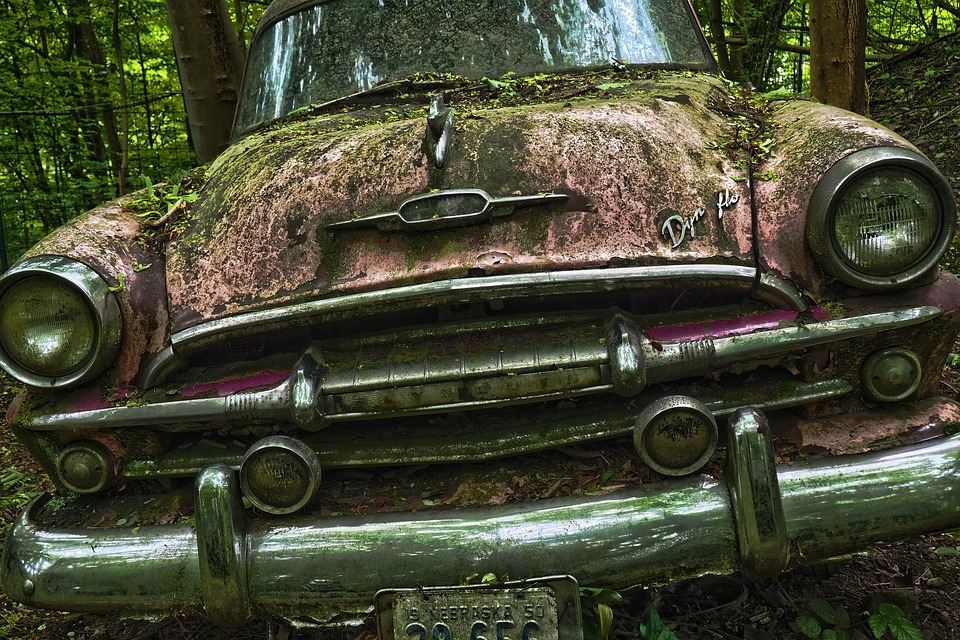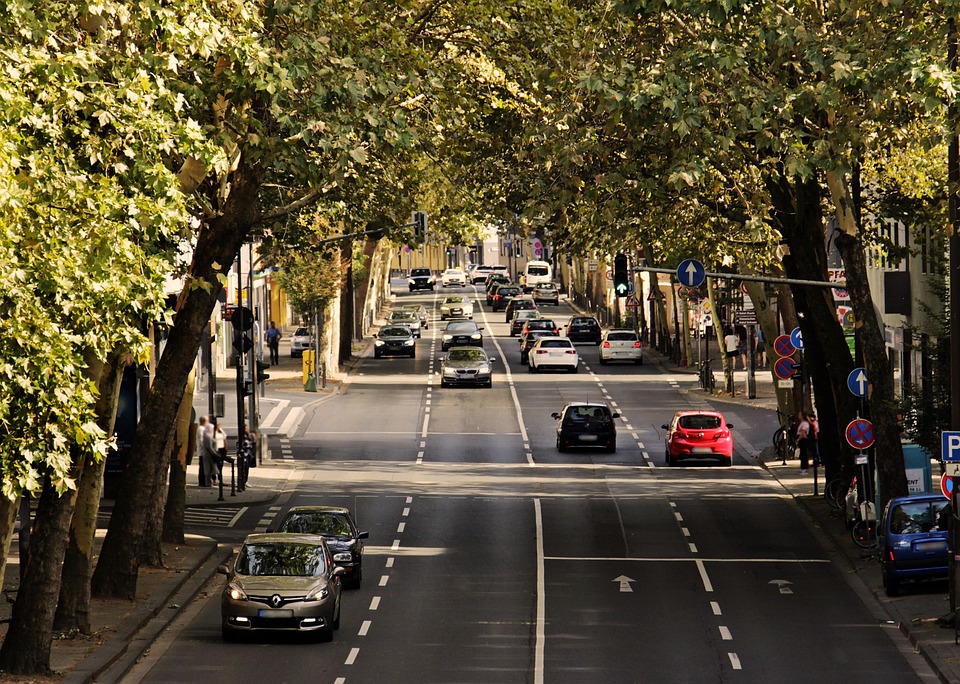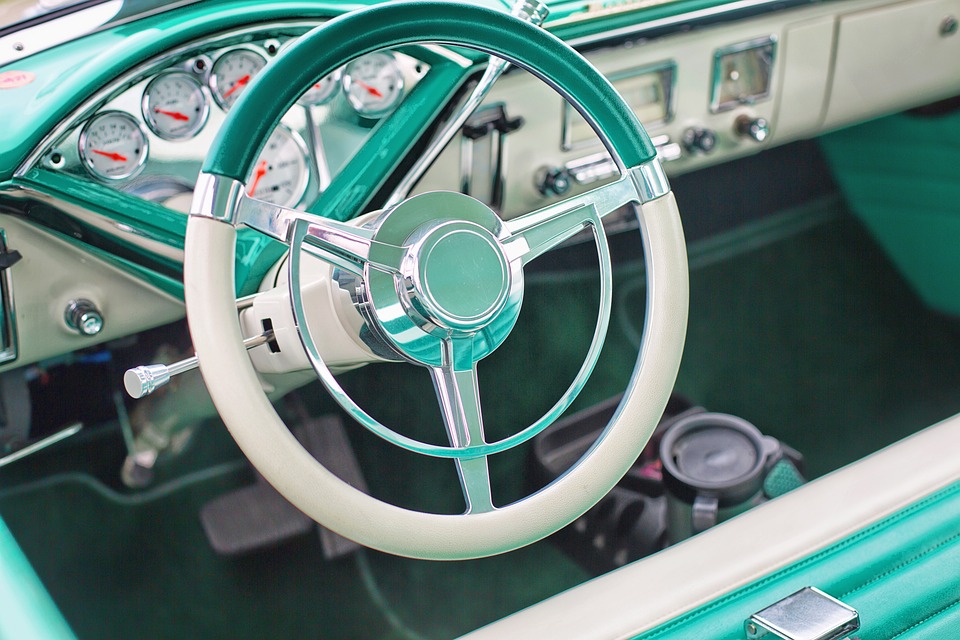Are you struggling with car brake line issues? If so, you’ve come to the right place. In this blog article, I’ll be discussing the ins and outs of Bubble Flare, Double Flare, and Single Flare. Whether you’re a seasoned car enthusiast or a newbie to the world of car maintenance, this article will provide you with the proper guide to understanding and addressing these common car brake line problems.
Having worked in the car maintenance industry for over 10 years, I’ve come across my fair share of Bubble Flare, Double Flare, and Single Flare issues. I’ve learned the best techniques for addressing these problems and I’m excited to share my expertise with you. Keep reading to find out everything you need to know about these car brake line flare types and how to tackle them effectively.
Bubble Flare, Double Flare, Single Flare: A Complete Guide
Introduction
If you are in the world of automotive or mechanical repairs, you may have come across the terms “bubble flare,” “double flare,” and “single flare.” These terms refer to different techniques for forming the end of a metal tubing to ensure a tight seal. Understanding the differences between these flaring methods is crucial for ensuring the safety and reliability of your vehicle’s brake, fuel, and transmission systems.
The Importance of Proper Flaring
Proper flaring is essential for maintaining the structural integrity and functionality of metal tubing in automotive applications. Whether you are working on hydraulic brake lines or fuel delivery systems, achieving a leak-free connection is crucial for safety and performance. Improperly flared tubing can lead to leaks, pressure loss, and even catastrophic system failure, putting you and your vehicle at risk.
Bubble Flare: What It Is and When to Use It
Bubble flaring, also known as ISO or DIN flaring, is a method commonly used in European vehicles. This type of flare forms a convex shape at the end of the tubing, which mates with a concave seat in the fitting. Bubble flares are typically used in hydraulic brake systems and some fuel and transmission applications. When performing a bubble flare, it is important to use the correct flaring tool and follow the manufacturer’s specifications to ensure a proper seal.
Double Flare: The Standard for Most Applications
Double flaring, also known as SAE flaring, is the most common method used in automotive applications, particularly in North America. This technique forms a double-walled flare that provides a secure seal with the fitting. Double flares are widely used in brake, fuel, and transmission systems and are considered the standard for many automotive repairs. When creating a double flare, it is crucial to use a quality flaring tool and follow the proper procedures to prevent leaks and system failure.
Single Flare: A Limited Application
Single flaring is a less common method that forms a single-walled flare at the end of the tubing. While single flares are not as secure as double flares, they may still be used in certain low-pressure applications, such as some fuel and hydraulic systems. However, it is important to carefully consider the pressure and vibration characteristics of the system before choosing to use a single flare, as it may be more prone to leaks and failures than other methods.
Choosing the Right Flaring Tool
Regardless of the type of flare you need to create, having the right flaring tool is essential for achieving a proper seal. Investing in a high-quality flaring tool that is designed for the specific type of flare you are working with can make all the difference in the safety and reliability of your automotive systems. Look for a tool that offers precise control and consistent results, ultimately giving you peace of mind when it comes to your vehicle’s performance and safety.
Conclusion
In conclusion, understanding the differences between bubble flare, double flare, and single flare is essential for anyone working with metal tubing in automotive applications. Proper flaring techniques are crucial for achieving leak-free connections and ensuring the safety and reliability of brake, fuel, and transmission systems. By choosing the right flaring method and using a quality flaring tool, you can confidently maintain and repair your vehicle’s crucial systems, keeping you safe on the road.
TruckingCareers.org has been a leader in the automotive and transportation industry for over 10 years, offering invaluable expertise and resources for professionals and enthusiasts alike. With a deep understanding of automotive systems and repair techniques, TruckingCareers.org is dedicated to providing reliable information and guidance for anyone looking to enhance their knowledge and skills in the field.
FAQs on Bubble Flare Double Flare Single Flare
1. What is a bubble flare?
A bubble flare is a type of flare used on brake lines to create a secure connection.
2. What is a double flare?
A double flare is a type of flare used on tubing to create a secure and leak-proof connection.
3. What is a single flare?
A single flare is a type of flare used on tubing to create a basic, non-leak-proof connection.
4. When should I use a bubble flare?
A bubble flare should be used for brake lines and other high-pressure applications.
5. Can I create a double flare with a single flare tool?
No, a specific double flare tool is needed to create a double flare.




